|
During the previous winters I went regularly skiing on the Mosfellsheiði heath photographing cairns, snow and the endless mind cheering view. I had read bits about the old cairn marked roads crossing the heath and had been planning for long to cycle across Mosfellheiði and I finally did it a week ago. A friend drove me in the wee hours to the start on the east side of the heath. It was a great honour to meet the old cairn friends in summer clothing and to encounter new ones. Varða is the Icelandic word for cairn meaning the one who watches the road. Here is in short a narrative of death on the Mosfellsheiði about 160 years ago.
In February 1857 a group of 14 men crossed the heath on their way to the fishing stations at Faxaflói bay. They were from various farms in Biskupstungur and it was the custom to go fishing at the cost in the winter when there was less work at the farms. They had crossed the Gjábakkaheiði heath and stayed at the farm Gjábakki one night. As it seemed to be turning into a day of blizzards they decided to walk around the Þingvallarvatn lake instead of crossing it on ice straight to the farm Heiðarbær on the opposite shore which was the shortest route in winter. There weather had turned out to be fine this day and the route around the lake had delayed them. Some of the men spent the next night at Skógarkot farm and others at the vicarage at Þingvellir. The vicar at Þingvellir was not very understanding about what such travelers needed i.e. dry socks and clothes so when the men were united the next day some of them were wearing wet clothes the ones that stayed at Skógarkot had dry cloths. They started crossing Mosfellsheiði in fairly good weather but as the hours passed the clouds started welling over Esja and soon there was a blizzard howling around them. The snow reached to their knees and kept getting heavier with each step. They took turns in leading the way. They knew there was a shelter on the way that they needed to reach. The men wearing wet clothes at the start of the hike were now wearing frozen shields and every step got heavier with the burden. They had reached that far across the heath that it was downhill but against the wind. They knew more or less where they were but some of the men were already worn out. The men who had taken the lead argued whether they should leave the ones behind who had collapsed or stay all together. The man who had taken the lead said that they were not leaving anybody behind. They spent the on the heath two men stood watching the rest were lying covered in snow. When dawned the standing men heard a cry from the snow, one of the men were asking them to help him up, his clothes were frozen to the ground. Six men died on this trip and the youngest was merely seventeen. The survivors and especially the two who had stood the watch suffered sever frostbite and were mentally broken men after this. In 1907 the king visited his subjects in Iceland. For him the Icelanders built the most expensive road ever built in Iceland from Reykjavik to Þingvellir and Geysir. There were high proud cairn built and the road was fit for a horse carriage to carry the king. All this hard work done the king decided to ride a horse. I have been following the King's road and photographing the proud cairns. But the men who crossed this heath through the ages and the ones who died here are always in my thoughts when on Mosfellsheiði. This is not the only place where there are ghosts Iceland.
1 Comment
Þórunn Sleight
25/6/2016 23:10:38
Mjög áhugaverð saga, en málið er dálítið ábótavant. Kíktu á þetta! Ég væri alveg til í að laga þetta fyrir þig ef þú vilt ...
Reply
Your comment will be posted after it is approved.
Leave a Reply. |
AuthorAnna María Lind, MA Textile Art Winchester School of Art. Archives
June 2024
|
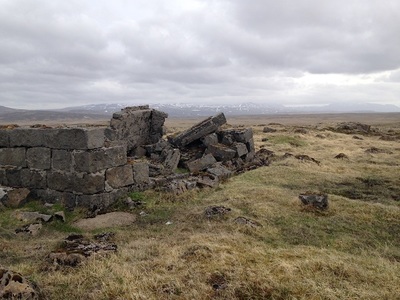
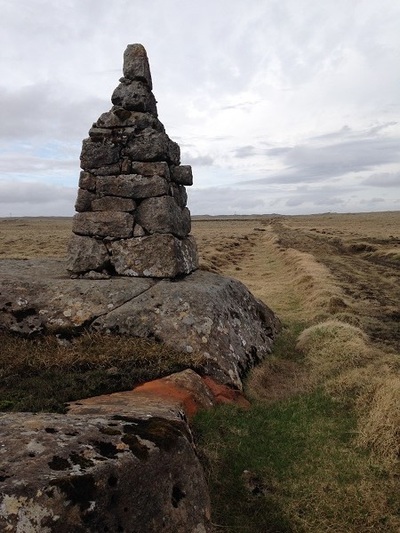
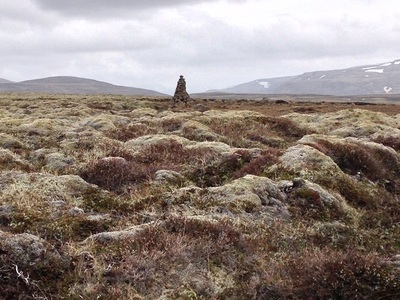
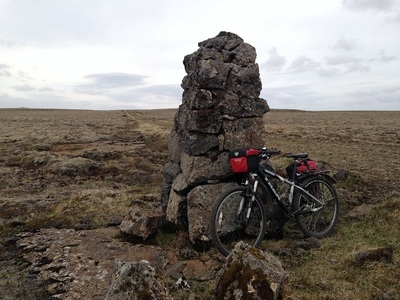
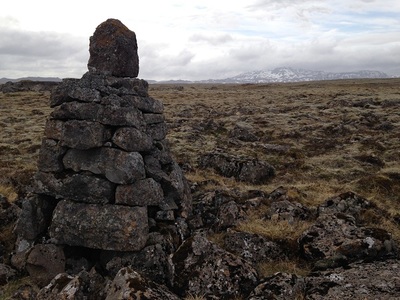
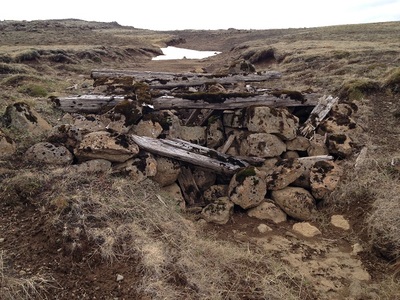
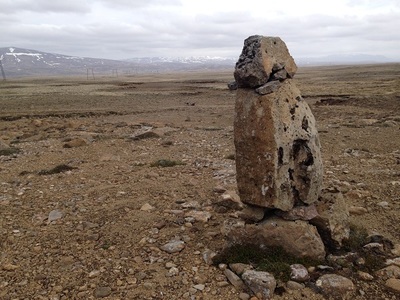
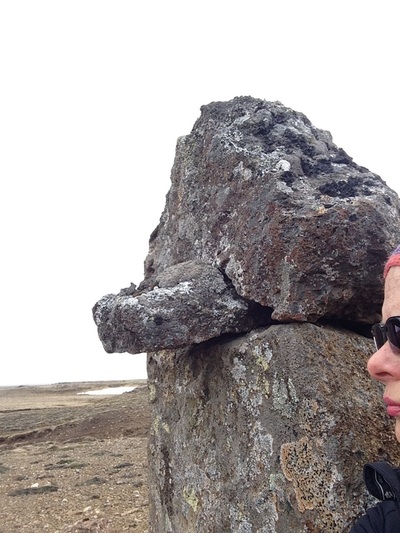
 RSS Feed
RSS Feed